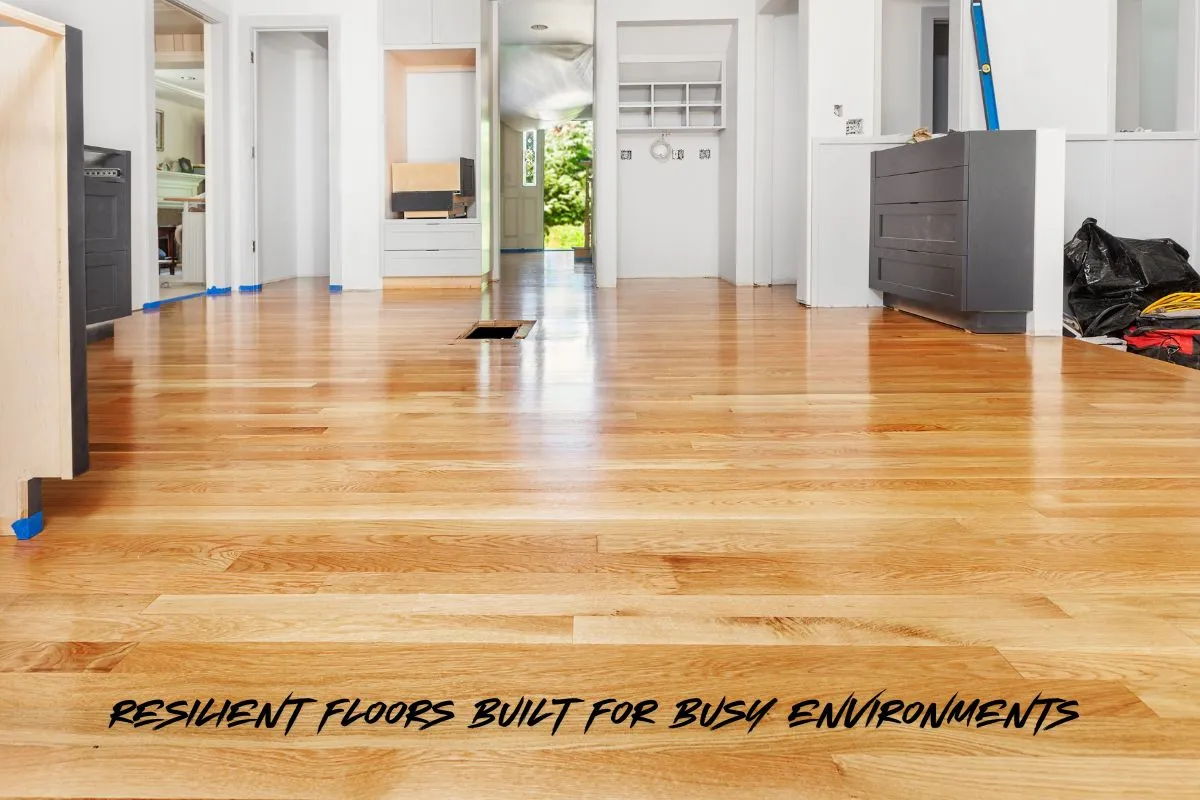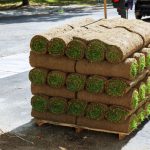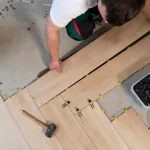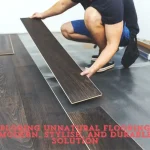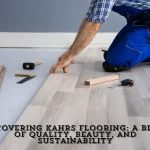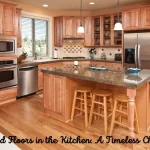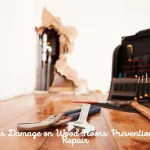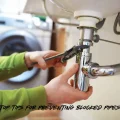In high-traffic commercial spaces, flooring must withstand constant use while maintaining its appearance and functionality. Resilient flooring offers the perfect balance of durability, comfort, and style—making it ideal for offices, healthcare facilities, schools, and retail spaces. Here’s what makes resilient flooring the top choice for demanding environments and how to select the best option for your needs.
1. What Is Resilient Flooring?
Resilient flooring refers to durable, flexible floor coverings that provide slight cushioning underfoot, reducing fatigue and noise. Unlike rigid materials like ceramic tile or concrete, resilient floors offer:
- Shock absorption for comfort during long hours of standing
- Noise reduction in busy spaces
- Easy maintenance compared to many hard surfaces
Popular types include Commercial Vinyl Flooring, rubber, linoleum, and luxury vinyl tile (LVT).
2. Key Benefits for High-Traffic Areas
Durability That Lasts
Resilient floors handle heavy foot traffic, rolling carts, and frequent cleaning without showing wear. Many commercial-grade products feature wear layers that resist scratches, stains, and scuffs.
Safety Features
- Slip-resistant surfaces (critical in healthcare and food service)
- Seamless installation options to prevent trip hazards
- Fire-retardant varieties available
Cost-Effective Solution
While initial costs vary, resilient flooring proves economical long-term due to lower installation costs, minimal maintenance, and longer lifespan than carpet in commercial settings.
3. Top Resilient Flooring Options
Commercial Vinyl Flooring
The most versatile option, available as:
- Sheet vinyl: Seamless and hygienic, ideal for hospitals and labs
- Vinyl composition tile (VCT): Budget-friendly for schools
- Luxury vinyl tile (LVT): Premium wood/stone looks with superior durability
Rubber Flooring
Naturally slip-resistant with excellent sound absorption, perfect for gyms and laboratories.
Linoleum
Made from natural materials like linseed oil with antimicrobial properties, great for eco-conscious spaces.
4. Design Flexibility
Modern resilient flooring offers:
- Realistic wood and stone looks (especially LVT)
- Custom colors and patterns
- Branded logo integration
LVT’s photographic layer technology mimics high-end materials at a fraction of the cost.
5. Installation Considerations
Proper installation ensures maximum performance:
- Subfloors must be clean, dry, and level
- Some materials require acclimation
- Professional installation recommended for sheet goods
Many Commercial Vinyl Flooring products now feature click-lock systems for faster installation.
6. Maintenance Made Easy
Simple care routine:
- Daily dry mopping or light vacuuming
- Weekly damp mopping with pH-neutral cleaner
- Occasional recoating for high-traffic areas
Avoid harsh chemicals, abrasive tools, and excessive water.
7. Industry-Specific Solutions
Healthcare
Static-control vinyl and coved bases for sterile environments.
Education
Color-coded zones for wayfinding and high-abrasion LVT for hallways.
Retail
Scratch-resistant planks and custom graphics for brand reinforcement.
8. Sustainability Advances
Eco-friendly options include:
- Recycled-content rubber floors
- Phthalate-free vinyl products
- Bio-based linoleum
Look for FloorScore® and Cradle to Cradle Certified™ products.
9. When to Replace
Signs you need new flooring:
- Visible wear patterns in traffic lanes
- Permanent stains
- Lifting edges or bubbles
- Outdated appearance
Final Thoughts
Commercial Vinyl Flooring and other resilient options provide the perfect combination of practicality and design for demanding spaces. Whether you need durability for a hospital corridor, noise reduction for an office, or aesthetic appeal for retail, today’s resilient products deliver uncompromising performance.
Investing in quality resilient flooring pays off through reduced maintenance costs, improved safety, and long-term visual appeal. Consult flooring specialists to find the ideal solution for your specific needs.

